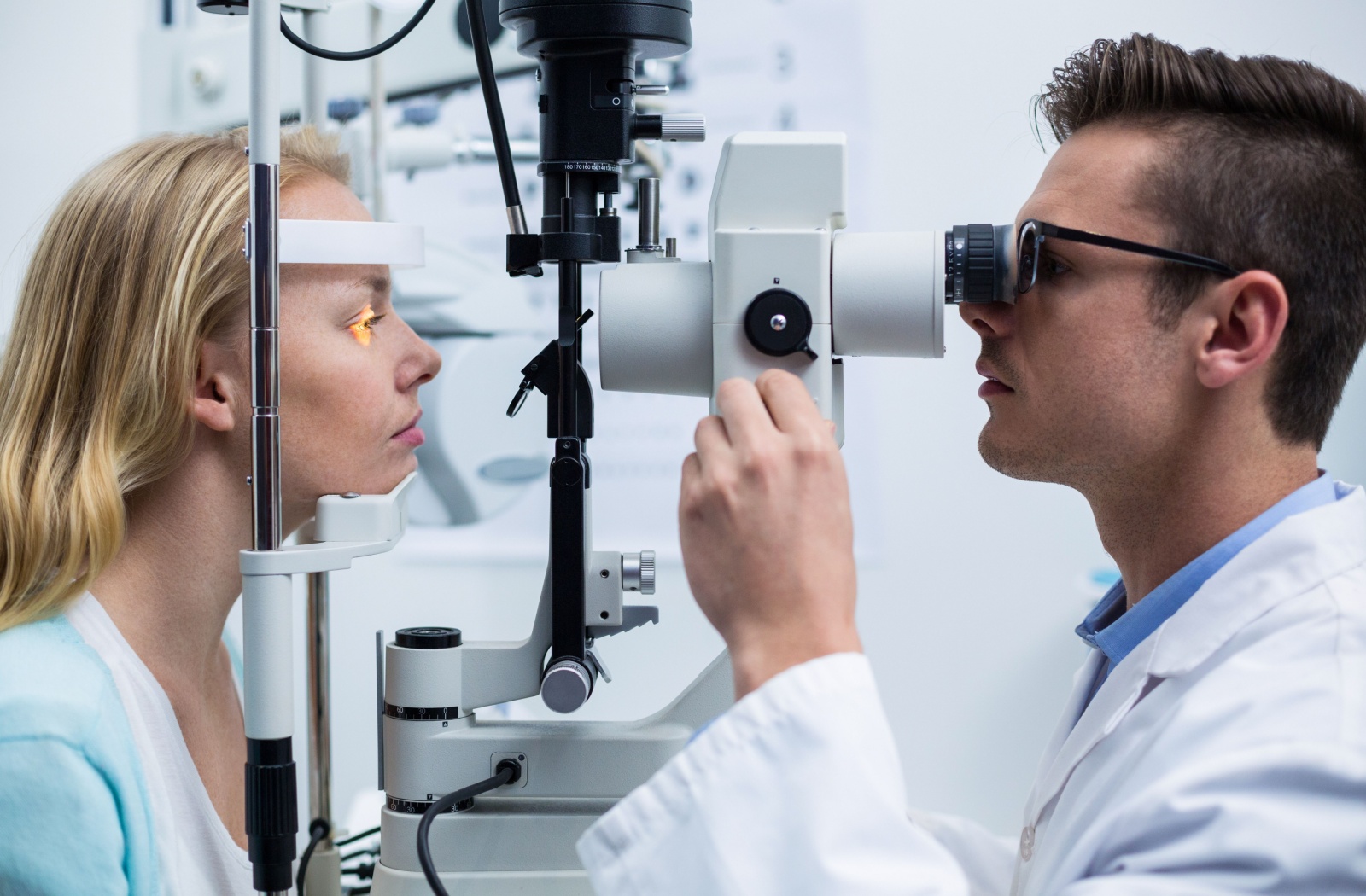If you’ve ever dealt with that trademark burning and gritty sensation, you’ve likely experienced dry eyes before. It’s more common than you might think—millions of people deal with it every year. It can be caused by plenty of factors, from your environment to an underlying medical condition. But your diet plays a big role too.
Your eyes require a careful balance of tears to properly function. If your diet can’t support building a proper tear film, you’ll need to consider supplements, such as omega-3 fatty acids. But there are more than one kind of these supplements, like triglyceride and ethyl ester. It’s essential to learn more about your options; this way you can make an informed decision to promote healthy eyes and balanced tears.
Can Supplements Help Dry Eyes?
Our tears are more than an emotional response to something happy or sad. They’re responsible for protecting our eyes; they flush away contaminating particles while keeping the eye hydrated and nourished. To do this, they need several components:
- Mucus, to keep the tear attached to the eye’s surface
- Water, to flush away contaminants
- Oils, to prevent early evaporation of the tear
When the balance of the tear film is disrupted, the eye begins to dry out. It becomes inflamed, irritated, and uncomfortable. This is dry eye—an extremely common problem that can be caused by plenty of factors. Environmental factors, medical conditions, and even medications like antihistamines or antidepressants can all affect the eye and cause this imbalance in the tear film.
However, there’s one thing often overlooked: your diet. Your eyes require a certain amount of nutrients to properly create a balanced tear film. When your diet doesn’t give your eyes what they need, dry eyes are often an inevitable result. Fortunately, supplements, like omega-3 fatty acids, can help.
Omega-3 for Dry Eyes
So what are omega-3 fatty acids, exactly? These are an essential nutrient often found in fatty fish, flax seeds, and chia. They’re an extremely important part of a balanced diet, helping reduce inflammation and promoting your heart health. And they make a big difference in the stability of your tear film.
Omega-3 fatty acids help a gland in your eyelid called the meibomian gland—this is the gland that creates the oils needed to prevent early evaporation of the tear film. They also help treat any inflammation that may be occurring in the eye, so they can help alleviate dry eye symptoms as well.
However, there are two primary types of omega-3 fatty acids:
- Triglyceride omega-3
- Ethyl ester omega-3
Triglyceride Omega-3 Fatty Acids
Triglyceride fatty acids, or TG, are the natural form of omega-3 found in most fish. At a molecular level, TG contains 3 fatty acids attached to a glycerol backbone. There are several types of fatty acids depending on how you’re consuming it (through fish or alternative foods).
This form is easily and efficiently absorbed by the body. It mirrors how fat is naturally stored in the body, so the intestines can easily process, absorb, and deliver the broken-down fatty acids to various organs and systems. The brain, eyes, and heart all benefit from omega-3 fatty acids—they’re a crucial building block to healthy internal systems.
Think of triglycerides as an effective delivery system designed to get omega-3s exactly where they need to go. Because they match the natural composition of fat, your body can begin processing and distributing them right away. You’re able to give your body these essential nutrients without making it jump through any extra hoops.
At Brantford Eye Care, we offer multiple options for triglyceride omega-3 supplements. We carry PRN De3 (proven to help improve dry eye symptoms in both soft gel and liquid form), and NutraSea Omega-3 for dry eye in both soft gel and liquid form.
Book an appointment today to speak with an optometrist about which supplements are right for you.
Ethyl Ester (EE) Omega-3 Fatty Acids
On the other hand, ethyl ester fatty acids, or EE are a more synthetic form of fish oil. These are commonly found in many supplements due to the cheaper cost of production. Just like with TG omega 3’s, EE omega 3’s go through a molecular distillation process to remove contaminants (heavy metals, dioxins and PCB’s) however with EE production, the manufacturers stop there. The process to convert EE omega 3’s back to the more natural TG omega 3 form is costly, hence the reason the process ends at that stage.
Rather than converting them back to the more natural TG omega 3 form, they’re left as a modified and altered end product. The result is an omega 3 which is less bioavailable, so the body actually utilizes less EE than it would triglycerides. It is also more difficult for the body to digest and absorb the EE omega 3 form, since EE Omega 3’s must be filtered through the liver. This runs the risk of side effects such as fish burps (therefore the need for enteric coating) and upset stomach.
What Omega-3 Supplements are Best for Dry Eyes?
When trying to decide between supplements, it helps to consider the differences between your options.
While triglyceride fatty acids have been consumed by people for most of human history through fish and other foods, EE fatty acids have only been around for a couple of decades. EE fatty acids have to be broken down differently than triglycerides, and they’re less efficiently processed in the body.
It’s also important to note that triglycerides tend to last much longer in the container; they take more time to oxidize and go rancid. EE fatty acids, on the other hand, break down more quickly and can become less potent over time. This often means that buying triglyceride-based supplements is more cost-effective than EE fatty acids.
If you’re unsure of which supplement to go with, try to stick with triglycerides. They’re extremely effective for dry eyes and have a long-lasting shelf-life. Meanwhile, they’re easier for the body to process—and you can still enjoy eating fatty fish like mackerel and tuna to get even more of these omega-3 fatty acids.
Tips for Preventing Dry Eyes
It’s also important to note that while supplements can help significantly, they work best when combined with alternative approaches. Dry eyes can be a complicated condition, so taking a multi-pronged approach can help. Other options for helping to prevent dry eyes include:
- Make environmental changes, like using a humidifier inside
- Use eye drops and warm compresses when needed
- Maintain proper hydration
- In office treatments such as IPL
And don’t forget to regularly visit your optometrist for eye exams so they can monitor any changes in your vision and discuss a tailored dry eye protocol that is specific to your needs.

Find Relief from Your Dry Eyes
If you find yourself dealing with those gritty, burning sensations caused by dry eye, reach out to our team at Brantford Eye Care. Our team can examine your eyes and help you determine the right way to deal with your problem. Whether through omega-3 fatty acids for dry eyes, dry eye therapy, or another alternative, we’re here to help, so book an appointment with us today!




